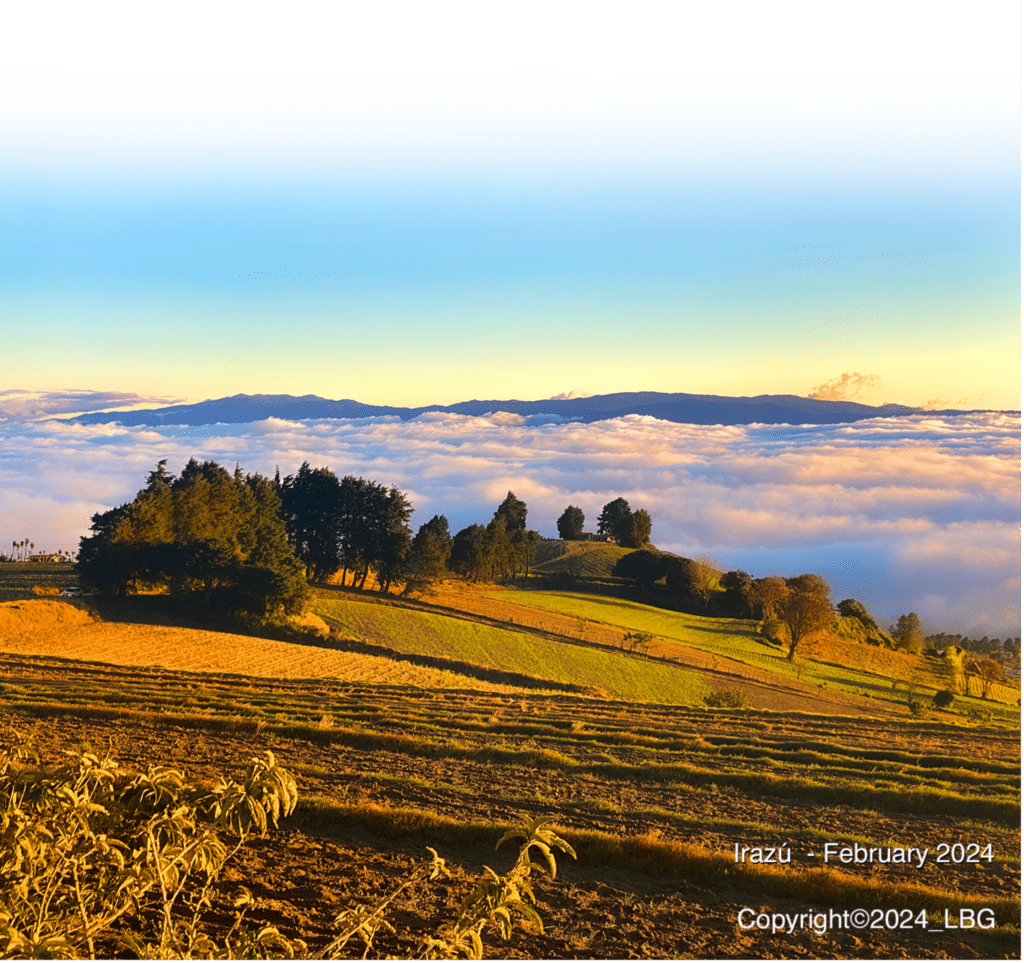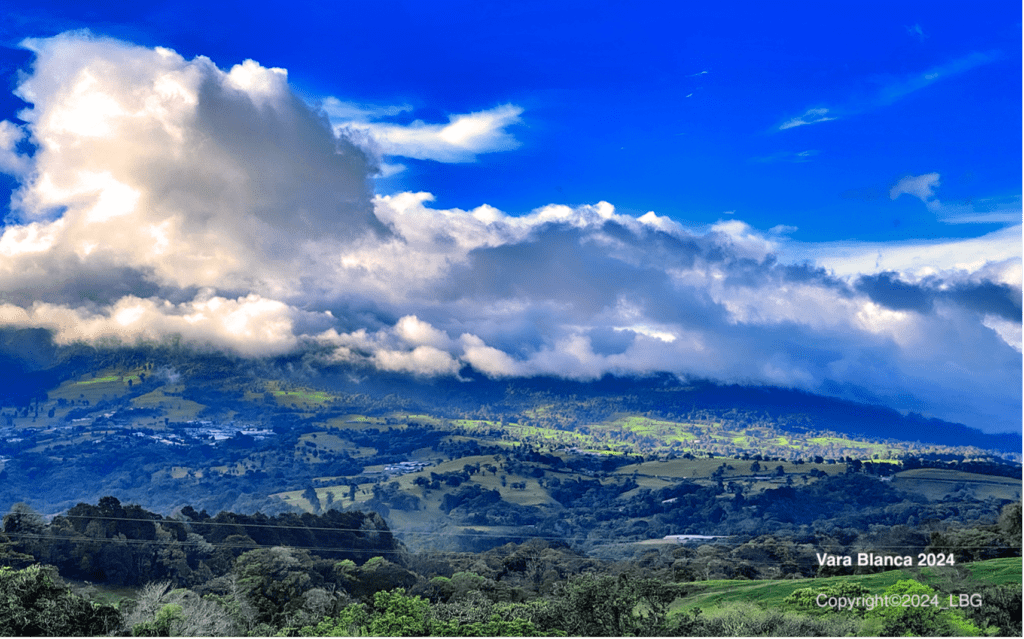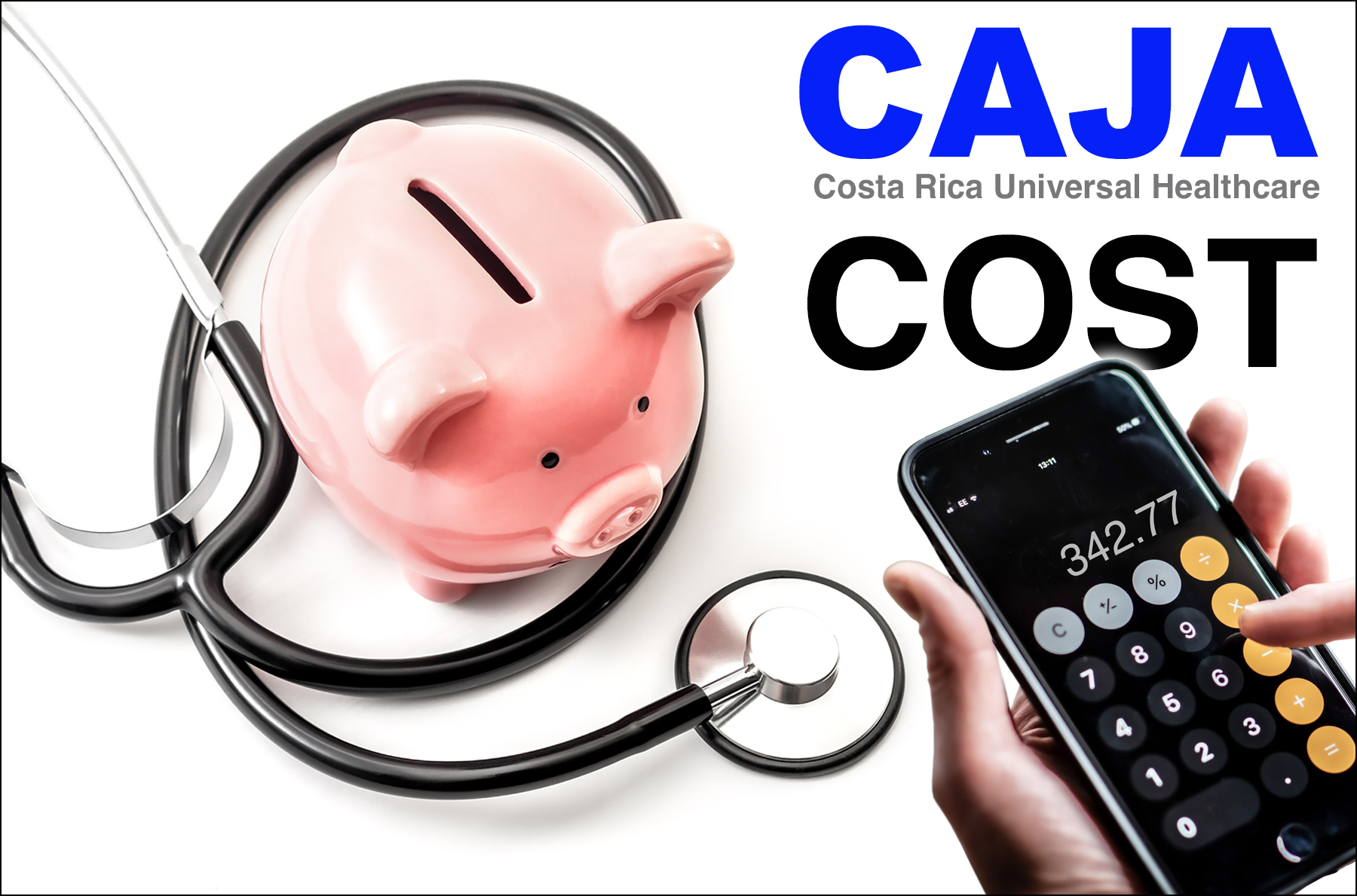
“Hey Laura, where’s my application approval? It’s way overdue.”
(If you have already read this, scroll down to the bottom for the April 4th good news update).
Causes
During COVID, there was a significant uptick in residency applicants in Costa Rica. Many new retirees fled the scourge de jour (politics, social degradation, COVID lockdowns) up north and in the E.U. At the same time, the DGME (Costa Rica Immigration) had its doors closed from March 2020 for many months. This created a log jam. After a few months, many of us providing residency services demanded something be done to reestablish access to the system. One reaction was the creation of a horridly dysfunctional Tramite Ya! (Procedure Now!) digital platform. That name turned out to be a contradiction of terms. It was a barely functional system designed by one of the DGME employees, ‘who was really good with computers.’
Apparently not good enough.
It was a disaster. I witnessed near-fist fights at the main offices of the DGME between staff and infuriated lawyers, incensed at how their applications had been declined under irrational and unfair judgments with no recourse. In one of my own instances, I submitted applications for a couple with identical and correct documents. One of them was approved. The other denied. No reason was given for the inconsistent application of the rules. And no recourse. The second applicant had to start over, as did other applicants denied for nebulous reasons. Tellingly, the DGME management had to shut down the system on at least three occasions due to dysfunction.
However, the DGME eventually opened its doors again to in-person traffic through a social distancing appointment system, which limited the number of applicants per day. We were shackled with another needless and horrid initiative in the name of public safety (with zero effect on the spread of COVID as proven by many credible studies). However, government workers here (and in all other countries) discovered that their workload was significantly reduced due mainly to the inevitable no-shows of any appointment system.
I saw intake staff texting endlessly on their phones during any no-show time slot. Outrageously, the next in line who had arrived early were not allowed to advance until the time of their appointment. Others who arrived one minute late were dismissed, even though their documents were set to expire. COVID tyranny at its worst. Day after day, month after month. A massive reduction in productivity and delivered service. A black eye on Costa Rica’s welcoming reputation. All vigorously bolstered by the previous president, a WEF graduate and a fawning fan of Klaus Schwab. (connect the dots).
The hammer was dropped down by the current President Chaves on this COVID fraud right after he was elected in 2022. The appointment system was eliminated, and access was restored to previous levels. Approvals increased significantly due to an internal backlog being cleared out during the front-end low-traffic months of the appointment “era.” Or maybe someone cracking a whip.
Through new management, changes were made that facilitated an increase in approvals. From September 2021 to September 2022, I received 118 approvals on submitted applications. Some had been stuck in the system and finally approved after 12 to 20 months. But inexplicably, I received several in as little as 90 days and one in 60 days. However, the year-to-date approval times from 2022 to September 2023 averaged 7 to 10 months, with some exceptions. This is an indication of inconsistent and erratic workflows within the DGME.
Then, things really began to slow down due to the following causes.
Refugee crisis
In 2018, when things degraded in Nicaragua and Venezuela, Costa Rica was flooded with a massive spike in refugee applicants. It levelled off but then spiked again last year. 560,000+ people passing through from South America to the U.S. don’t do so without some of them sticking around. Some of them leap-frogged from Panama to Nicaragua by plane. (How does a refugee afford a plane trip?) Those on foot had to pass through Costa Rica. President Chaves had to call a state of emergency to gain control over the onslaught on the Panama border. He refused to accept them walking through despite the U.N.’s strong-arming attempts. Instead, the marchers were transported through Costa Rica by bus from the Costa Rica/Panama border to Nicaragua in a supervised manner to continue their trek to Mexico and the U.S. But we know there was ‘leakage’ from these groups; some are now in Costa Rica seeking refugee status.

Panama/Costa Rica Border – 2023
Then, there are the non-caravan applicants from Nicaragua and Venezuela, whose primary destination is, in fact, Costa Rica. For the most part, the former seek to settle here. Most of the latter intend to eventually continue to the U.S. Their numbers swelled over some time at the DGME, and they were provided with a protective tent over the DGME patio. Those crowds have now dissipated.
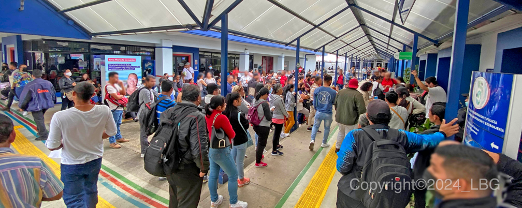

Mostly, refugee applicants awaiting claim status or the next step.
However, up the street from the main DGME offices, the regular inflow of mostly Nicaraguans continues steadily each week. 95% of them will be declined. As for those who do get approved, it remains unlikely that most will remain. Since there is no social safety net in Costa Rica as in the U.S. and Canada (where most government expenditures are on entitlement programs), most refugees will return home or head north to the U.S. Incidentally, these applicants are mostly single women, many with children in tow. In contrast, the migrant caravans seem overwhelmingly young men. It is significant.
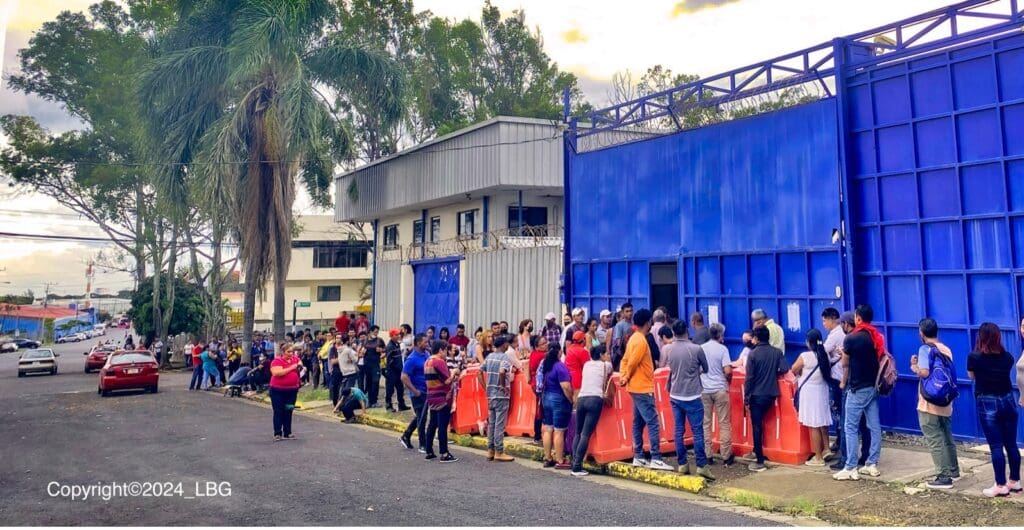
Daily ‘refugees’ getting their fair shot at the triage two blocks up the street from the main DGME offices.
In the meantime, the Costa Rican government has to deal with everyone in a humanitarian way. That means giving them a fair shot at legal refugee status in compliance with Costa Rica’s agreement with the nefarious U.N. holding Costa Rica accountable. That is sometimes done through U.N. observers lurking at various points of the immigration system here. I have seen and overheard these socialist referees in the DGME urging so-called refugees to “demand their rights.” Sorting out the frauds from genuine refugees severely bogs down the system and uses precious resources.
There is much more to the story. It is easy to see that all roads lead to operators in the U.S. and the E.U. (WEF), not the least being the U.S. Chamber of Commerce, which in 2021 spent more on lobbying in D.C. than any other single entity. (In pursuit of cheap labor to bolster U.S. competitiveness). But I will restrain myself from getting too far into the subject. Most readers can fill in the blanks reasonably quickly by now.
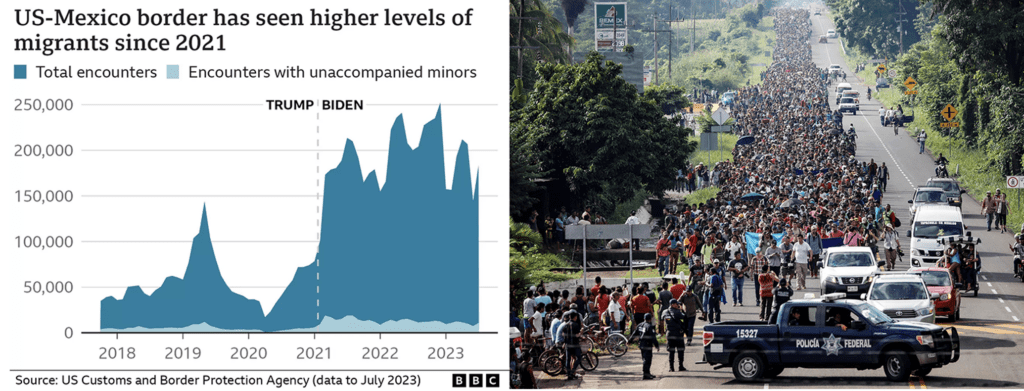
How does all the above affect your applications for residency?
Simple. Those applicants for refugee status all get processed through the same system as your residency application – a system already crippled by budgetary shortfalls caused by COVID. (precipitous drop in tax revenues).
DGME Management and morale issues
Another recent element that created the perfect storm is sudden staff resignations in protest against the current DGME management. During my last few visits to the DGME, I have noticed long-time middle management individuals I know well now manning the front-line intake counters to fill in for the previous intake staff who’ve quit.
Don’t panic just yet.
This management crisis is cyclical. It occurs every few years and gets fixed. This one will be more difficult and time-consuming, mainly due to the strain of those applicants for refugee status and COVID-caused budget issues. An influx of World Bank cash to help the flow of ‘refugees’ only went so far. I remain optimistic that this crisis will diminish depending on how politics plays out in the U.S. (and it promises to be an unprecedented Donnybrook this year). Several factors tell me so. But there is a better time and place to expand on that.
This will be corrected. DGME management and the legal community involved in residency work have had a major confrontation (meeting). It remains to be seen if this will accelerate the improvement needed. But I have already encountered replacement staff showing different attitudes and pleasant dispositions. Let’s hope it continues to expand to the norm at the DGME. Having suffered a six-year odyssey through the terrible Canadian system decades ago, I can attest that Costa Rica still has a sound working system if appropriately managed.
APRIL 4, 2024, UPDATE (Good news)
Someone has cracked the whip.
On April 2, 2024, with specific reference to President Rodrigo Chaves, Minister of Security Mario Zamora announced a significant initiative aimed at addressing a backlog of 6,000 residency applications.
I’ll spare you the accompanying legal jargon and political rhetoric.
Here’s the bottom line:
New staff members have been hired, overtime has been authorized, and application review procedures will be streamlined. For instance, unnecessary nitpicking will be strictly limited, and minor errors such as uncrossed “T’s” or undotted “I’s” will be handled with discretion in favor of the applicant.
Will they complete the task within three months?
It’s doubtful, based on the DGME staff feedback I received today.
However, expect a notable increase in approval notifications.
Our complaints were heard.
President Chaves has responded by mandating long-overdue action through the Ministry of Security, which oversees the DGME (Department of Immigration).
I anticipate seeing a significant uptick in approval Resolutions arriving in my dedicated email address soon.
Once I receive yours, you will be promptly notified with clear instructions on the next steps.
In the meantime, I continue expediting visits to the DGME for the most backlogged applications. This helps ensure approvals.
I encourage all readers affected by this situation to hang in there and stay focused on the enduring beauty of Costa Rica that you came here for in the first place.
Laura
